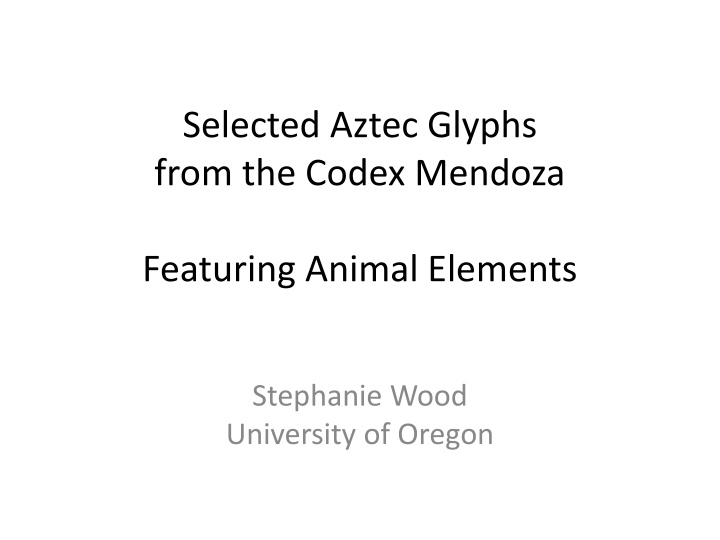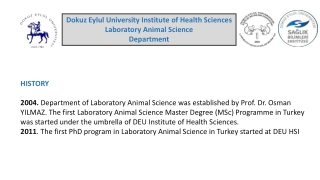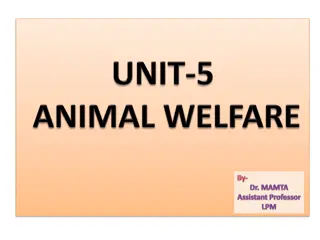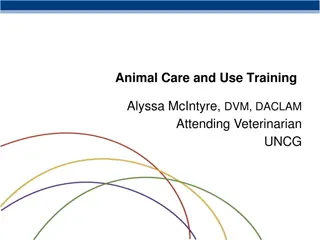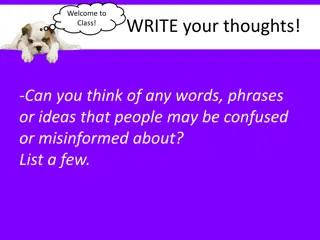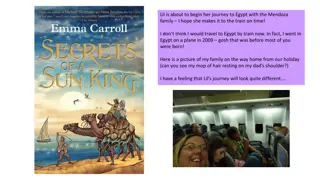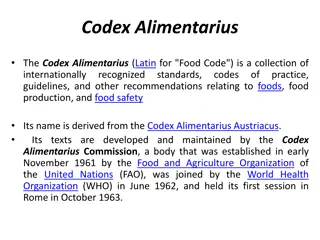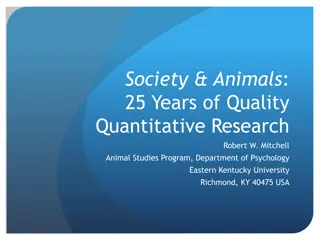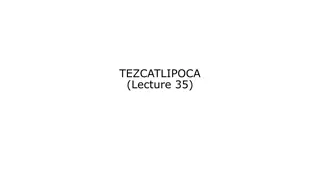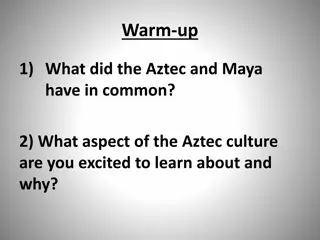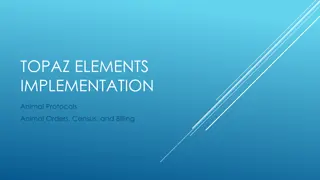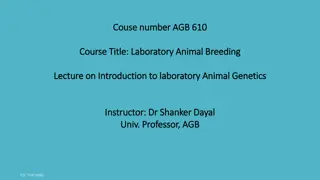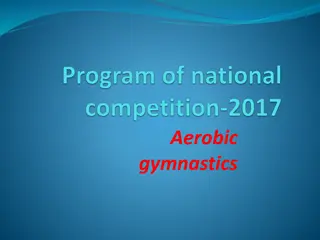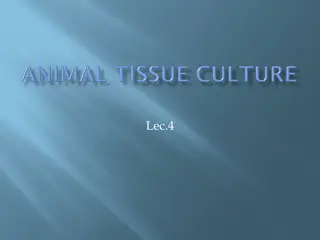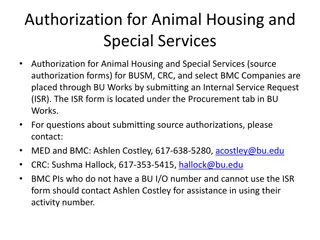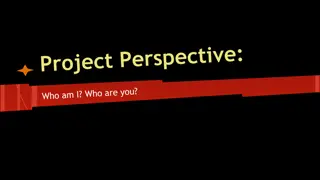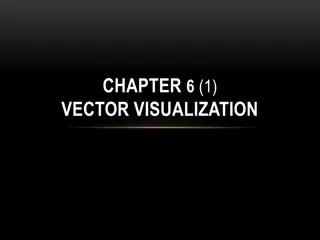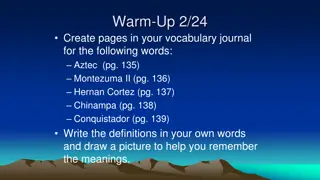Aztec Glyphs from Codex Mendoza: Animal Elements
Uncover the ancient Aztec glyphs from the Codex Mendoza featuring captivating animal elements like toads, turtles, crows, snakes, dogs, eagles, fish, skunks, hummingbirds, and worms. Explore the Nahuatl and English names of these glyph elements along with miscellaneous symbols such as teeth, hands, bottoms, houses, water, and trees. Delve into the rich history and symbolism behind these intriguing elements showcased in vivid imagery.
Download Presentation

Please find below an Image/Link to download the presentation.
The content on the website is provided AS IS for your information and personal use only. It may not be sold, licensed, or shared on other websites without obtaining consent from the author.If you encounter any issues during the download, it is possible that the publisher has removed the file from their server.
You are allowed to download the files provided on this website for personal or commercial use, subject to the condition that they are used lawfully. All files are the property of their respective owners.
The content on the website is provided AS IS for your information and personal use only. It may not be sold, licensed, or shared on other websites without obtaining consent from the author.
E N D
Presentation Transcript
Selected Aztec Glyphs from the Codex Mendoza Featuring Animal Elements Stephanie Wood University of Oregon
Note to Teachers Teacher could remove the names and have the students look for the elements Then reveal the names later on
Glyph Elements: Animals (names are in Nahuatl & English)
Tamazolin / Toad Ayotl / Turtle Cacalotl / Crow Coatl / Snake Chichi / Dog Quauhtli / Eagle Mich / Fish Epatli / Skunk Huitzillin / Hummingbird Ocuillin / Worm
Glyph Elements: Miscellaneous (Names are in Nahuatl & English)
Tlantli / Teeth or Place Maitl / Hand or Arm Tzintli / Bottom or Place Calli / House; also, Chantli / Home Atl / Water Quahuitl / Tree
Coatlan (Place Glyph) Coatl = Snake; Tlantli = Teeth (but -tlan actually serves here as a locative)
Chichiquauhtlan (Place Glyph) Chichi = Dog; Quahuitl = Tree (-tlan = a locative, implied, not represented in this case)
Ayotlan (Place Glyph) Ayotl = Turtle (-tlan = a locative, implied, not represented in this case)
Ocuillan (Place Glyph) Ocuillin = Worm (-tlan = a locative, implied, not represented in this case; and when ll meets tl, the tl is lost)
Cacalomacan (Place Glyph) Cacalotl = Crow; Maitl = Hand or Arm (-can = a locative, implied, not represented)
Coacalco (Place Glyph) Coatl = Snake; Calli = House (-co = a locative, implied, not represented)
Coatzinco (Place Glyph) Coatl = Snake; Tzin = Bottom or Place (a locative)
Epatlan (Place Glyph) Epatl = Skunk; Tlantli = Place (a locative)
Quautinchan (Place Glyph) Quauhtli = Eagle; Chantli = Home (-tin- = a ligature, a connector; not represented)
Tamazolapan (Place Glyph) Tamazolin = Toad; Atl = Water (-pan = a locative; not represented)
Huitziltzilapan (Place Glyph) Huitzillin = Hummingbird; Atl = Water (-pan = a locative; not represented; the duplicaiton of tzi- = pluralization)
Michapan (Place Glyph) Mich = Fish; Atl = Water (-pan = a locative; not represented)
